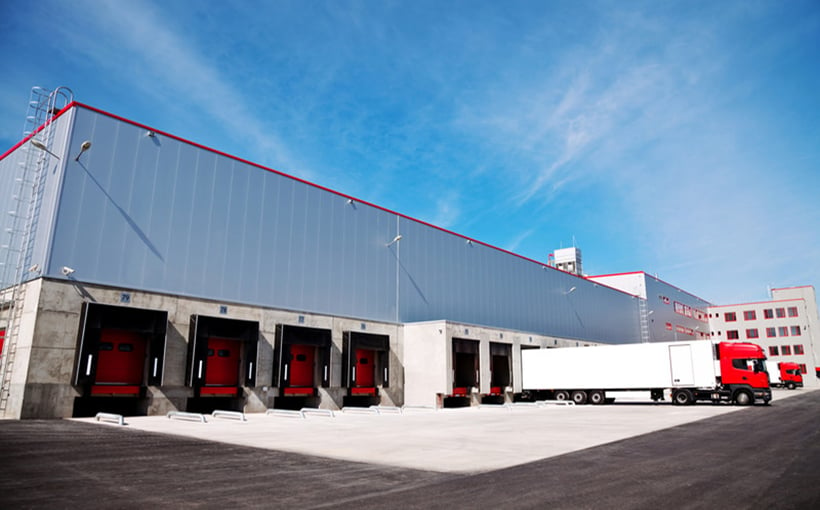In October, there was a notable increase in CMBS distress as reported by two different sources. According to Trepp’s data, the delinquency rate rose by 24 basis points to reach 4.63%, marking the highest level since the end of the COVID-19 pandemic.
Trepp’s report stated that this rise can be attributed to one large industrial loan that reached its balloon date and became delinquent on interest payments. This loan originated in 2021 and is part of a single-borrower CMBS deal.
Despite this increase, some property types saw improvements while others experienced an uptick in delinquencies according to Trepp’s data for October. Lodging and retail sectors saw declines of 51 and 37 basis points respectively, while multifamily and office sectors recorded increases with multifamily seeing a larger jump than office properties.
The overall distress rate for CMBS loans also increased by14 basis points reaching7.57% in October according CRED iQ’s analysis – making itthe tenth consecutive monthly increase this year.However,the core delinquency rateand special servicing rates showed slight declines withinthis overall index which tracks distressed loans.However,this trend upward continues as per CRED iQ’s report due partlyto limited refinancing options coupledwitha prolonged periodof higher interest rates.”With no change announced at November’s Federal Reserve meeting,it remains uncertain if we have reached peak levels yet,” saidCREDi Q .
Overall,CMBSDistress has once again riseninOctoberasper reports from reliable sources.This comes afteran extendedperiodof sustainedincreasesdue topersistent challenges such aslimited refinancing opportunities anda long-term highinterestrate environment.Whilethere may be some hope with recent news about Fed holding off on further hikes,itremains unclearifwehave indeed hitthepeak point or notyet.


